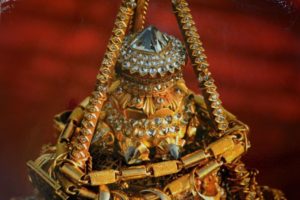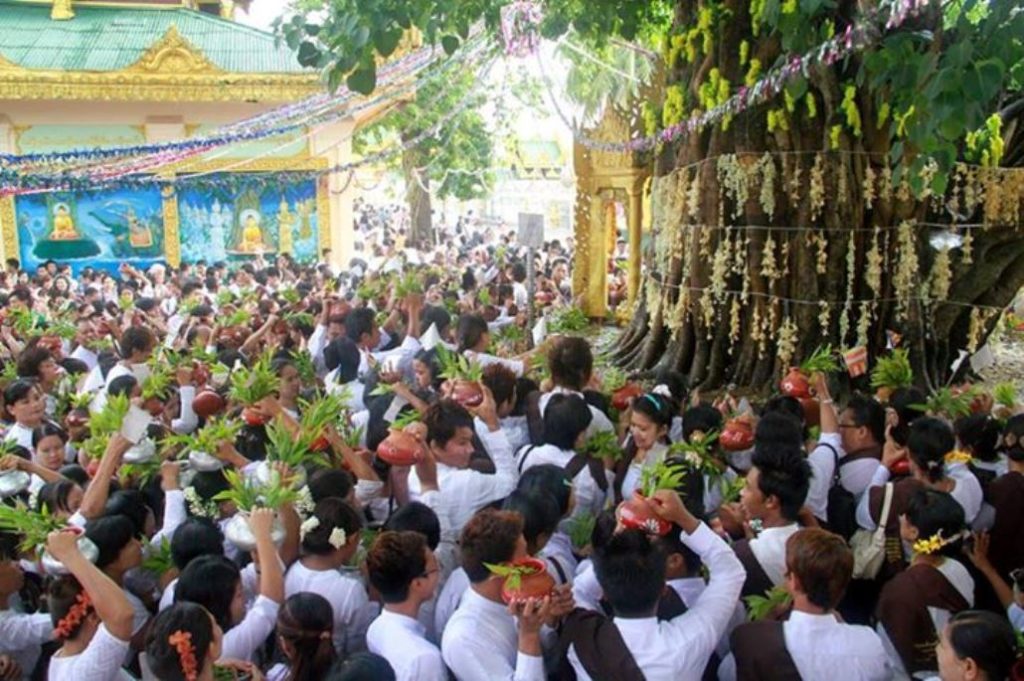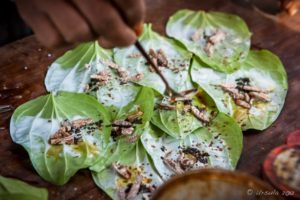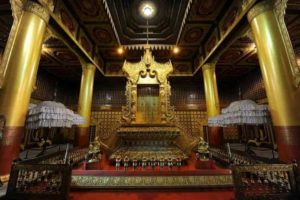
Diamond Orb
According to researchers Sanchi Stups of Bharat, that is India, are the prototypes of modern-day pagoda. Myanmar prototypes Baw Baw Gyi and
Feature tours are the best thoughts for your travel experience in Myanmar. The tours extend the sustainability of local destinations throughout the journey.
Our Small Private Group tours are designed for safety measure and escape
the crowd to see the highlights of Myanmar with enough downtime to relax,
reflect, and soak up the atmosphere.
Multi-day tours are organized into the depths of Myanmar and to see captivating nature, culture, local experiences, and traditions of the people.
ONE DAY TOURS are conducted by the tour guide to explore more about culture, history, community, and local lives for a full-day excursion in Mandalay and around privately.

We Myanmar are contented and happy people. In large part it is due to our innate capacity to face hardship with a smile and partly it is due to our Theravada Buddhism. No amount of hardship can rob us of our smile. We want to smile and we also want everyone around us to smile. One can go to any township on any fullmoon day and find some form somewhere in the township. We are fun loving. It is not without reason that country our was called the land of smiles. Now town and city dwellers may have forgotten how to smile due to standardization of behavior brought about by globalization. But rural people who form 75% of population can still smile.
We Myanmar have two water festivals every years. One comes at the end of Myanmar year but erroneously called new year water festival. It is more popular and celebrated on a more elaborate scale. There is greater activity and more revelery. It ends on the eve of new year on Myanmar calendar. Myanmar new year usually falls on 17th of April on Gregorian calendar.
Bo tree water festival of Kasone is celebrated on the fullmoon day of Kasone the second month on Myanmar calendar. Unlike the new year water festival it has a great religious significance. It is a solemn and dignified affair. It was on this fullmoon day of Kasone that king and queen of Kapilvastu got a son. That prince was no other than the person who would 35 years later found one of the world’s longest enduring religion-the Buddhism.
His Highness the prince Siddhatta renounced the throne on the day His son Rahula was born to His wife Yasodhara. At that time His Highness the prince was alreadly 28 year old. He left the palace in search of eternal and ultimate truth. He found it at the age of 35. On the day he found enlightenment and attained Buddhahood was also a fullmoon day of Kasone. Finally at the holy age of eighty that the Lord Buddha passed to Nibbana. That day was also the fullmoon of Kasone. So it has a triple significance.
This day usually falls in May on international calendar. In south and south-east Asia it is the hottest time of the year. The ubiquitous Bo tree is always planted in the environs of Buddhist stupas and temples. Lord Buddha attained Buddhahood under the Bo tree. So Bo tree botanically known as Ficus Religiosa is regarded as holy. On fullmoon day people celebrate the day by pouring water at the tree. So it is called Bo tree Watering Festival.
The celebration itself is different in different parts of the country. In cities and towns people go to Buddhist temples, stupas and monasteries and pour water at the Bo tree. But in up-country rural areas where more than three-fourth of simple Buddhist people live the celebration used to be very elaborate and worth a detailed description.
Ceremonial water pouring is an elaborate affair. But to observe we had to do some study. The incident described below occurred on 28-4-1961 in Chaung Oo township, Monywa district. In up-country villages there are informal organizations of young women and young men. Their purpose is to give volunteer service in a systematic and organized manner. At shinbyu the novitiation and ear-boring ceremonies, marriages, and funeral arrangements these groups offer a unified body of volunteers. In return, the service recipients supply them with materials like, pots, pans, cups, plates, mats etc for their collective needs and replenishment. On rare occasions a rich villager may offer a full set of uniforms for the whole group. We have to see the leaders of the young women well ahead of the fullmoon day and arrange details. We have the Bo tree is a little way outside the village. Their route from the village to the Bo tree should offer an unimpeded sight to view the whole procession.
On the day just before sunrise we placed ourselves at a vantage point. As the first rays of the sun light up the eastern sky a long line of beautiful girls dressed in their finest attire walk demurely with a small earthen water pot balanced on their heads without the aid of wase or held in the crook of their elbow beside their waist. Girls are dressed in identical uniforms and walk in a single file. All the way they recite Buddhist scriptures in unison with rhythmic voice full of devotional fervor. They are a sight to remember and visitors never tire of taking pictures animated and stills. At the end of one stanza of religious verse the head of procession changes the position of water pot from waist to head or vice-versa. It is the cue and all the ladies take the identical action without a single mishap. Foreigners who have never carried anything other than their Sunday hat securely on their head never fail to admire our Myanmar youngsters carrying a round bottomed, half gallon earthen water pot full to its neck, balanced on the dome of their head.
Other activities on that day are not much different from other religious days. Older people keep Sabbath, count beads, discuss fine points of religion, do meditation and exchange experience on meditation. In general they devote the whole day to religious activities. Young people? Young people do what young people always do.
Sourced: Myanmar Culture Traditions and Scenery, Mythical Creatures
by U Than Pe, Tour guide

According to researchers Sanchi Stups of Bharat, that is India, are the prototypes of modern-day pagoda. Myanmar prototypes Baw Baw Gyi and

According to researchers betel chewing habit came from majjima desa, that is present Indian subcontinent, along with Buddhism. The habit was certainly

Throne is symbol of royalty. It also embodies sovereignty. It is the seat of power. It passes from sovereign to sovereign. As